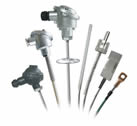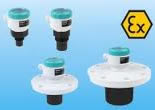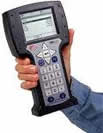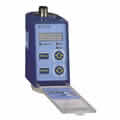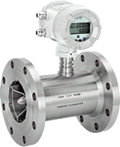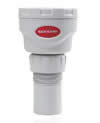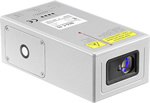Signal Isolator
Signal isolators are designed to protect industrial control and monitoring devices and systems from overvoltages and ambient noise applied under non-standard conditions. These non-standard voltages cause damage to various sensitive systems and therefore the use of insulators and splitters is inevitable.
Electronic (galvanic) isolator means preventing the transmission of direct current (DC) and unwanted alternating current (ac) between two parts of a system, while the system must be able to transmit signal and power between these two parts. This type of insulation is required in the following cases:
Protection of operators in industries against high voltage
Protection of expensive processors and high voltage related circuits
Prevention of ground loops in communication networks
Noise improvement in electronic circuits
Communication with upstream peripherals with a motor drive or converter systems the power.
Industrial equipment that requires insulators includes programmable logic controllers (PLCs), motor drives, medical equipment, solar inverters, electric vehicles (EVs), and some special power supplies.
Various techniques are used for isolation, the most important of which are the following:
Optical or optical isolator that uses light to transmit a signal between elements of a circuit. This separator is usually in a small module installed in an integrated circuit. The isolation circuit consists of an LED and an optically sensitive detector such as a phototransistor. The insulation air gap between the LED and the phototransistor acts as a galvanized insulator between the two circuits.
A transformer isolator, also called an electromagnetic isolator , which is electromagnetically coupled to a transformer, transmits the desired signal through an air gap at a distance filled with non-conductive material.
- Popular products

German laser thermometer with external thermocouple K tool 1725

Level controller / roller blade switch for solids and powders, model 1872

Industrial Laser Thermometer Instrument 1727

12-channel temperature recorder thermocouple tool 1189


